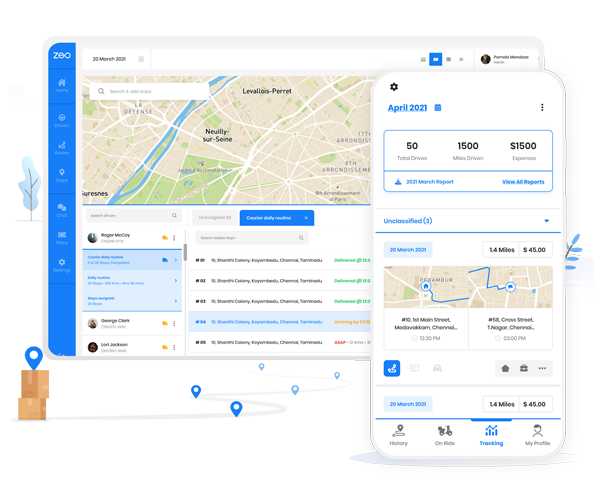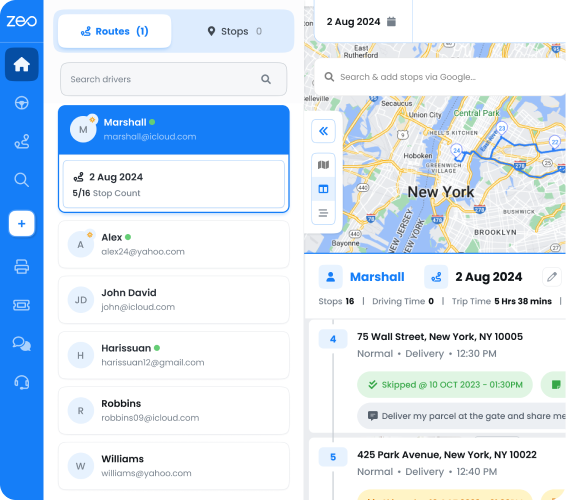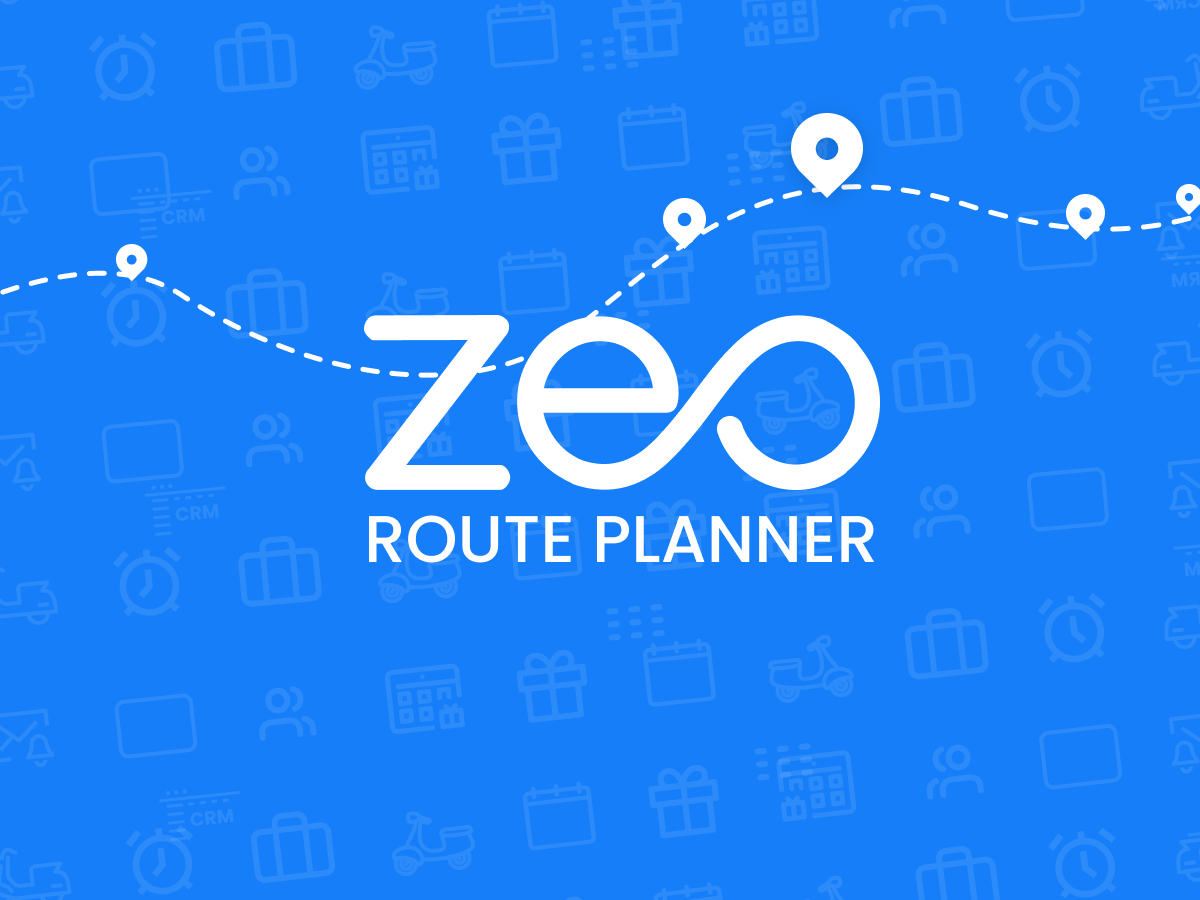Updated on: September 28, 2025
The last mile delivery is a fairly popular term in the logistics and delivery industry. However, before your delivery package reaches your doorstep, it goes through different delivery stages. One such stage is middle mile delivery. What is it? What are its challenges? How can you overcome those challenges?
Keep reading to find out all the answers.
What is Middle Mile Delivery?
Middle mile delivery is the stage where goods are moved from warehouses or fulfillment centers to regional distribution hubs.
Unlike last mile delivery, which focuses on getting packages directly to customers, middle mile delivery ensures that inventory is positioned correctly for faster final drop-offs.
It involves bulk shipments, larger vehicles, and precise scheduling to keep the supply chain flowing smoothly. By focusing on efficiency at this stage, businesses can cut costs, reduce delays, and make last-mile operations far more reliable.
What Challenges Are Faced in Middle Mile Delivery?
Middle mile delivery is critical, but it comes with challenges that can drain profits and hurt efficiency if left unaddressed.
- High Operational Costs
Fuel costs, vehicle maintenance, and driver wages all climb quickly when routes are not optimized. Since middle mile delivery often involves multiple short trips between regional hubs, even small inefficiencies in route planning can multiply into significant expenses. - Poor Route Planning
Basic navigation systems are not designed to handle the complexity of middle mile delivery. Without advanced route planning, drivers take longer paths, waste fuel, and risk missing critical handoffs at distribution hubs. - Limited Visibility
A lack of real-time tracking means managers are often blind to what is happening once vehicles leave the warehouse. Limited visibility creates bottlenecks, frustrates drivers, and prevents proactive problem-solving in middle mile delivery. - Driver Management Issues
Middle mile delivery depends heavily on driver efficiency, yet many companies struggle with poor driver assignments and oversight. Idle hours, miscommunication about routes, and inconsistent performance increase costs and cause delays. - Data Gaps
When businesses operate without accurate route analytics, they miss opportunities for improvement. They cannot see which routes consistently run late, which vehicles consume the most fuel, or where delays occur most often.
How Are Routing Tools Transforming Middle Mile Delivery?
The challenges of middle mile delivery are being solved through advanced routing tools like Zeo Route Planner that bring visibility, efficiency, and automation into the process.
- Route Optimization
Tools like Zeo create efficient, truck-compliant paths that reduce wasted miles and lower fuel usage. By analyzing multiple stops and variables, route optimization ensures that deliveries reach hubs on time.This reduces costs while also improving service reliability, making it one of the most powerful tools for middle mile delivery.
- Live Route Tracking
Real-time tracking gives managers the ability to monitor vehicles as they move between hubs. With this visibility, they can spot delays early, reroute drivers when needed, and keep operations running on schedule.Live tracking also builds accountability, since managers always know where their assets are and how efficiently they are being used.
- Driver Management
Routing tools allow businesses to better manage drivers by assigning optimal routes, monitoring performance, and reducing idle time. This ensures that drivers remain productive while minimizing wasted hours and vehicle usage.increase fuel savings
Hassle Free Deliveries & Pickups!
Optimize routes with our algorithm, reducing travel time and costs efficiently.
Get Started for FreeEffective driver management also leads to higher morale since drivers are given clear routes and realistic expectations.
- Route Analytics
Analytics turn raw data into actionable insights, showing businesses where inefficiencies occur most often. By tracking performance trends, fleet managers can identify weak points in their operations and continuously improve. - Proof of Delivery
Digital proof of delivery replaces paper records with instant, verifiable confirmations. Whether through photos, e-signatures, or time-stamped updates, businesses gain accurate records that reduce disputes.This speeds up the entire process and improves communication with distribution hubs, making middle mile delivery smoother and more transparent.
- Automated Delivery Updates
Customers want accurate information about their orders, and automated updates keep them informed every step of the way. By integrating delivery progress and ETAs into customer notifications, businesses build trust and reduce the number of service inquiries.
Why is Middle Mile Delivery So Important in 2026?
In 2026, businesses are under immense pressure to cut logistics costs while speeding up deliveries, making middle mile delivery a critical area of focus. Its performance directly impacts both last-mile efficiency and customer satisfaction.
- Controls Delivery Speed
When goods arrive late at local distribution hubs, the entire delivery chain falls behind schedule. Middle mile delivery acts as the clock for last-mile drivers, setting them up for either success or failure.If the middle mile is slow or inefficient, even the most advanced last-mile operations cannot recover the lost time, resulting in missed deadlines and unhappy customers.
- Impacts Transportation Costs
The middle mile typically involves frequent trips between fulfillment centers and regional hubs. Any inefficiencies in route planning, vehicle use, or load distribution increase fuel consumption and driver hours.Over time, these unnecessary expenses accumulate into significant costs, making middle mile delivery one of the most expensive stages of logistics if not optimized carefully.
- Supports Customer Experience
Customers may never see what happens during middle mile delivery, but they definitely feel its impact. If products are delayed reaching hubs, last-mile drivers cannot meet delivery commitments.Consistent, reliable middle mile operations allow businesses to honor promised delivery dates, which is often the most important factor in building and maintaining customer trust.
- Enables Inventory Balance
One of the less visible but highly important functions of middle mile delivery is inventory distribution. By moving goods to the right hubs at the right time, businesses avoid stockouts and reduce excess inventory sitting idle in the wrong locations.When inventory is not balanced across hubs, orders get delayed, customers face backorders, and the overall supply chain loses flexibility.
Conclusion
Middle mile delivery is the backbone of logistics, quietly ensuring goods move from warehouses to hubs without disruption. When managed poorly, it creates expensive bottlenecks that affect the entire supply chain. When done well, it boosts efficiency, reduces costs, and ensures customer promises are met.
Advanced tools like Zeo Route Planner make this possible by providing route optimization, live tracking, and real-time visibility. For businesses in 2026, mastering middle mile delivery with solutions like Zeo is the key to building stronger, faster, and more reliable logistics networks.

Are you a fleet owner?
Want to manage your drivers and deliveries easily?
Grow your business effortlessly with Zeo Routes Planner – optimize routes and manage multiple drivers with ease.

increase fuel savings
Save 2 Hours on Deliveries, Everyday!
Optimize routes with our algorithm, reducing travel time and costs efficiently.
Get Started for Free


























